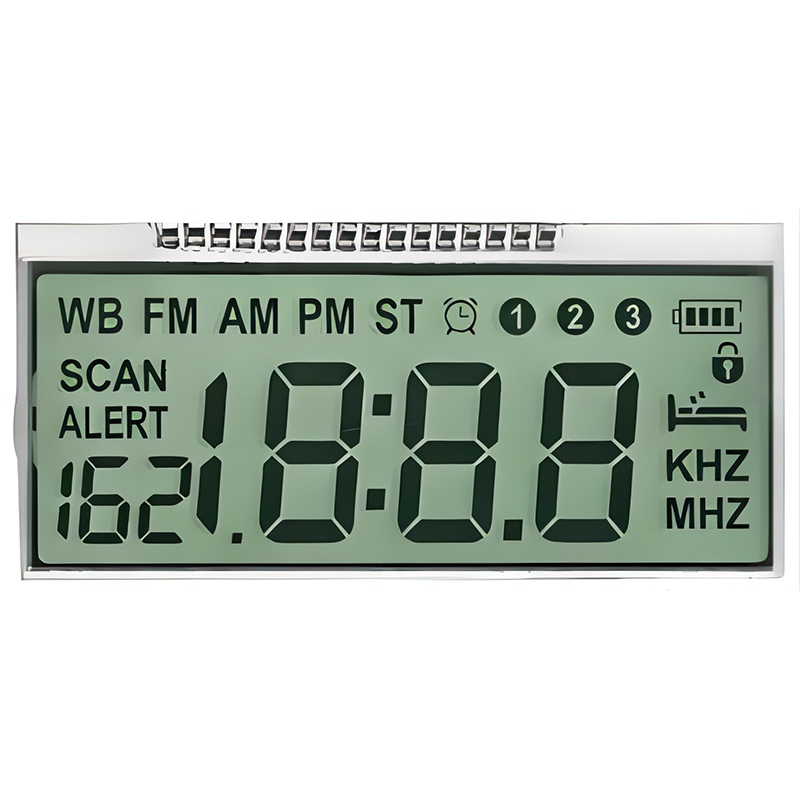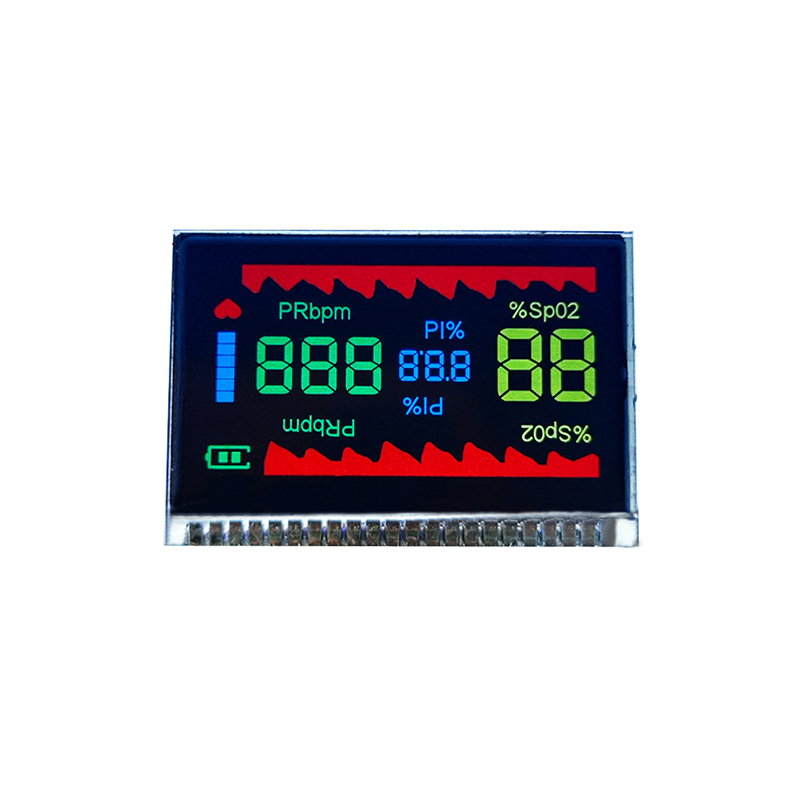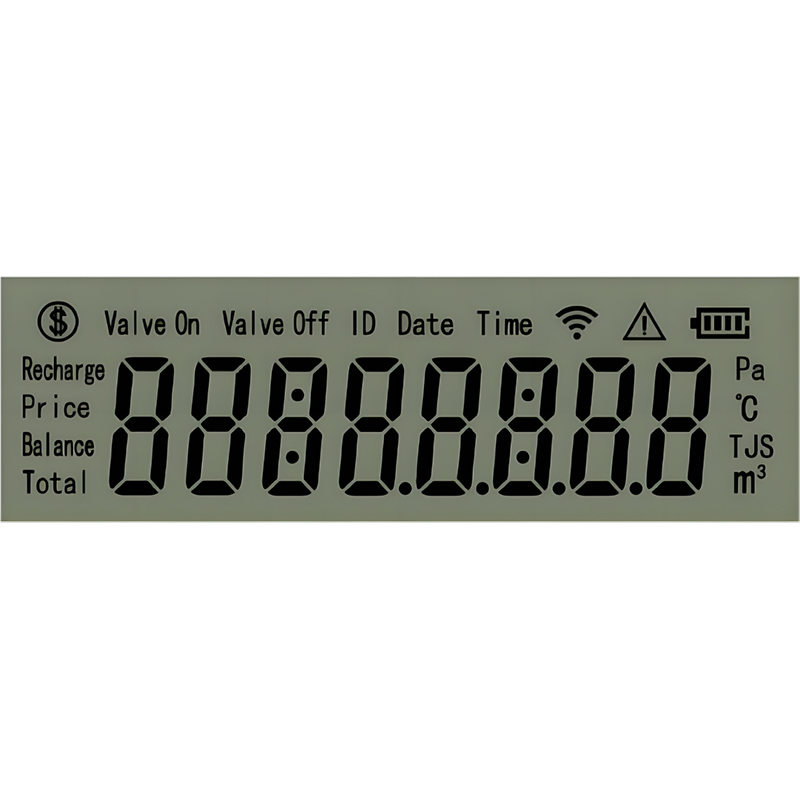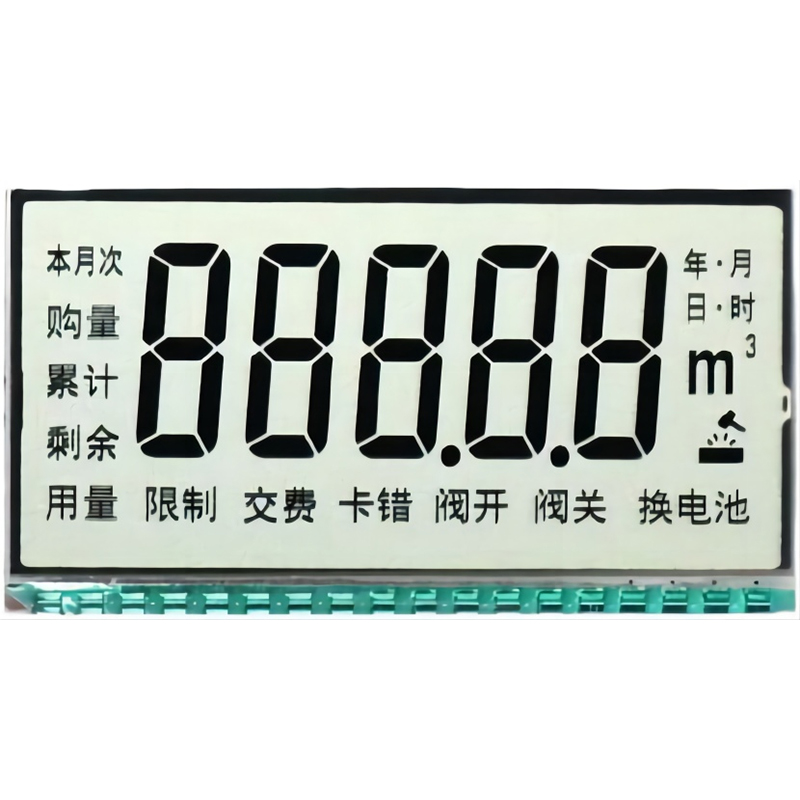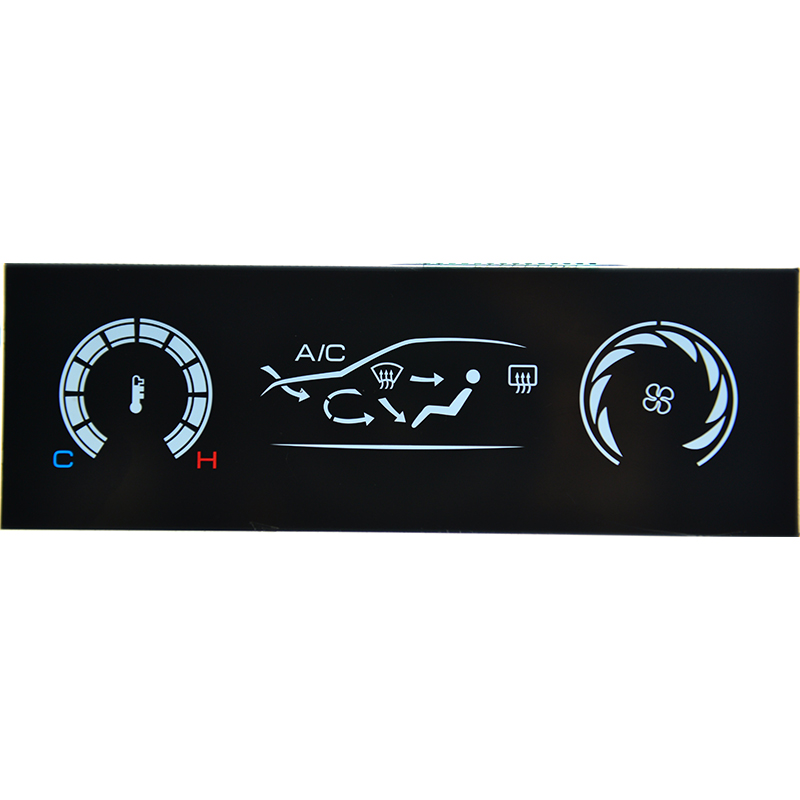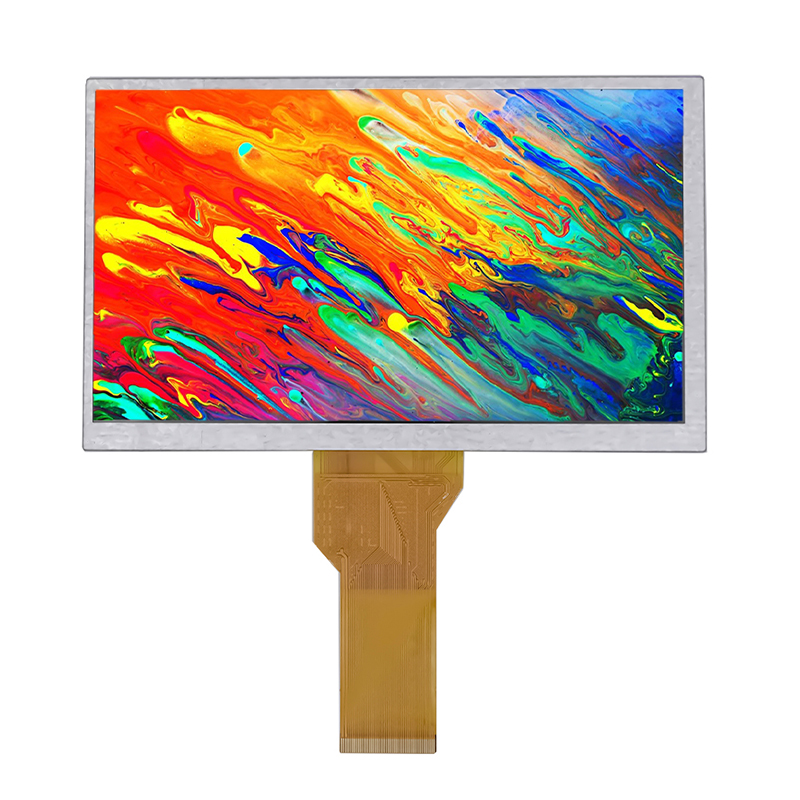UART vs. SPI Interface: A Deep Dive for Embedded SystemsUnderstanding the differences between UART and SPI interfaces is crucial for embedded systems development. This article provides a comprehensive comparison of these two popular serial communication protocols, covering their functionalities, applications, and trade-offs. We'll delve into the technical details, explore practical examples, and help you choose the best interface for your project.
UART (Universal Asynchronous Receiver/Transmitter)
Functionality
UART is a simple, asynchronous serial communication protocol. Asynchronous means that data transmission doesn't require a clock signal; instead, it relies on start and stop bits to frame each byte of data. This makes it easy to implement but less efficient than synchronous protocols. Each byte of data is transmitted serially, one bit at a time, over a single data line. A separate line is used for transmitting data and another for receiving. Additional lines can be used for hardware flow control (RTS/CTS). This simplicity makes it a very common choice for many applications.
Applications
UART is widely used in applications where low data rates and simplicity are prioritized. Common applications include: Connecting microcontrollers to PCs for debugging and programming. Communication between embedded systems and peripherals such as GPS modules or sensors. Simple data logging applications.
Advantages and Disadvantages
| Advantage | Disadvantage ||---------------------------------|-------------------------------------------|| Simple to implement | Relatively low data transfer rate || Low cost | Susceptible to noise || Widely supported | Requires more overhead for error detection || Easy to debug | Less efficient than synchronous protocols |
SPI (Serial Peripheral Interface)
Functionality
SPI is a synchronous, full-duplex serial communication protocol. Synchronous means that data transmission is synchronized with a clock signal, enabling higher data rates. SPI typically uses four lines: MOSI (Master Out Slave In), MISO (Master In Slave Out), SCLK (Serial Clock), and SS (Slave Select). The master device controls the clock and selects the slave device through the SS line.
Applications
SPI is commonly used in applications requiring high data rates and efficient communication. Examples include: Communication with flash memory devices. Connecting to high-speed sensors and actuators. Data transfer between microcontrollers and other peripherals. For instance, using a
UART SPI interface would be inefficient for high-speed data exchange, leading developers to favor SPI's synchronous nature.
Advantages and Disadvantages
| Advantage | Disadvantage ||------------------------------------|----------------------------------------------|| High data transfer rate | More complex to implement than UART || Full-duplex communication | Requires more pins || Efficient use of clock signal | Requires careful clock synchronization || Reduced CPU overhead | Not as widely supported as UART in some areas |
UART vs. SPI: A Direct Comparison
Choosing between
UART and SPI depends on the specific requirements of your application. Here's a table summarizing the key differences:
| Feature | UART | SPI |
| Synchronization | Asynchronous | Synchronous |
| Data Rate | Lower | Higher |
| Complexity | Simpler | More Complex |
| Pins Required | Typically 2-4 | Typically 4 |
| Full-Duplex | No (often half-duplex) | Yes |
Conclusion
Both
UART and SPI are valuable serial communication protocols, each with its own strengths and weaknesses. The best choice for your embedded system will depend on factors such as data rate requirements, complexity constraints, and the specific peripherals involved. Understanding the key differences between these interfaces is essential for making informed decisions in your embedded systems design. Consider the needs of your project carefully before making a decision. For high-quality LCD displays to complement your embedded systems, explore the options available at
Dalian Eastern Display Co., Ltd. They offer a wide range of displays compatible with various communication protocols.


